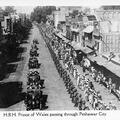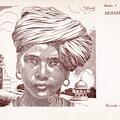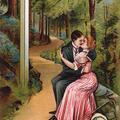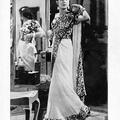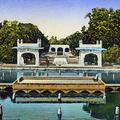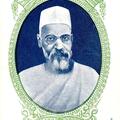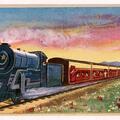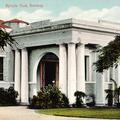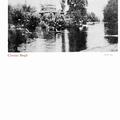H.R.H. Prince of Wales passing through Peshawar City
King George V (1865-1936) and Queen Mary (1867-1953) visited Peshawar from 2nd to 5th December 1905, as part of the Tour of India, but this real photo postcard was likely printed a decade or two later, so significant was this visit to British

